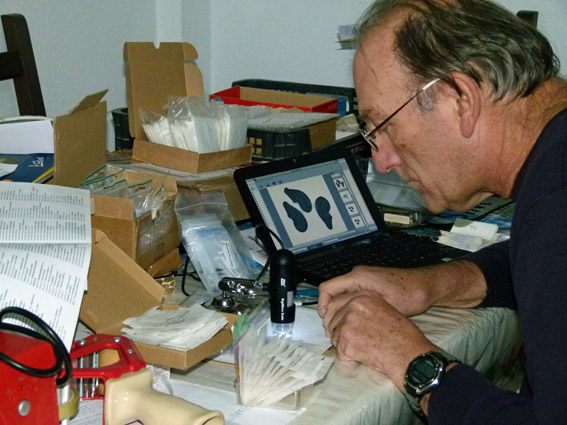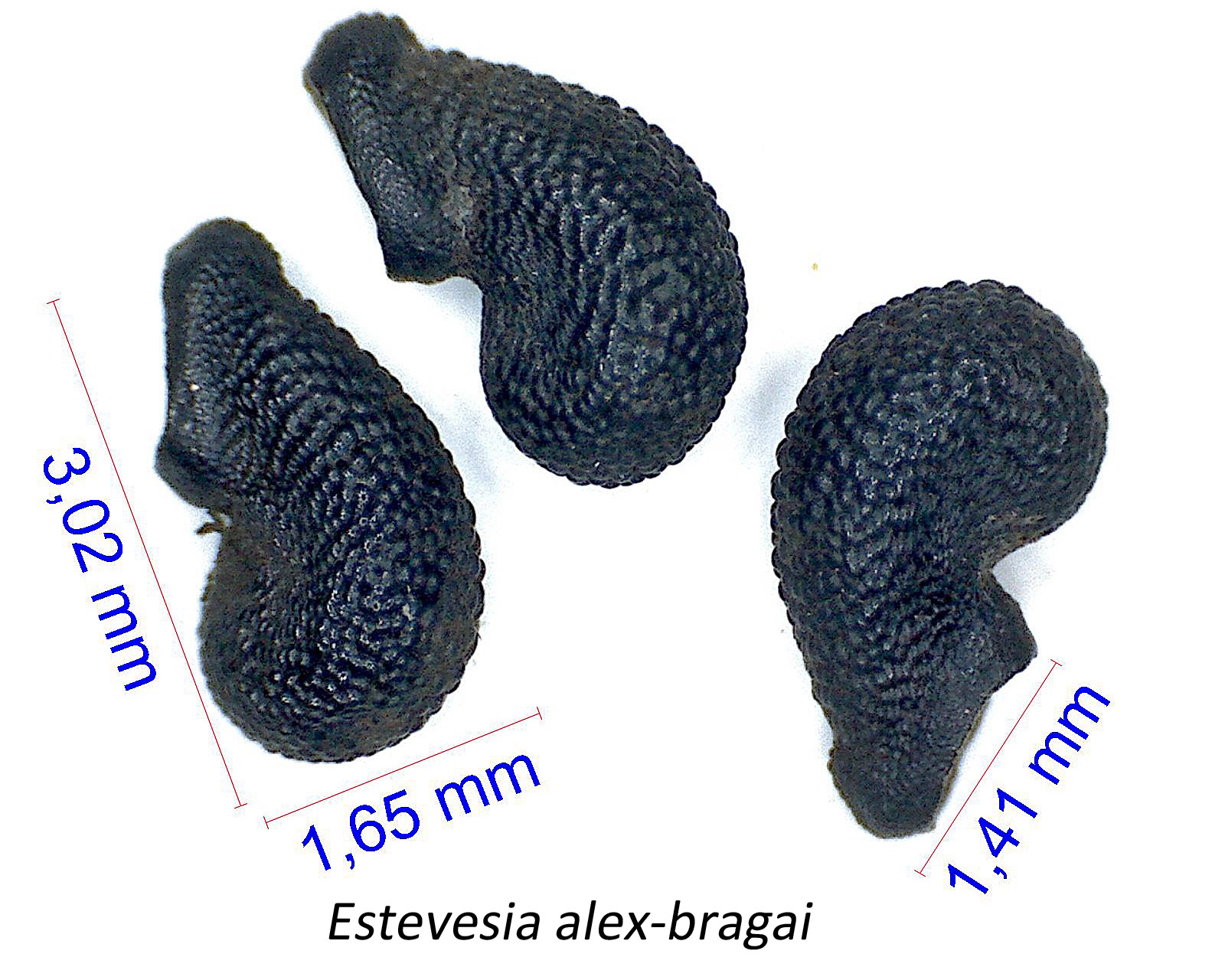FRANÇAIS
THE PROJECT
ESPAÑOL
"TAXONOMY of the CACTACEAE"
The new classification of Cacti mainly based on molecular data and explained
by Joël Lodé
Volumes 3-4-5-6
"Description of the Species"
±2,400 pages / ±13,500 photos /
±190 genera / ±2,860 species and subspecies
updated 8th of August 2025
A surprise is waiting you at the end of this page!
FORECAST of contents:
- Approximately 2,860 listed taxa (sp. + subsp.) recognised, described and explained in alphabetical order,
- ± 2,400 pages A4 format (+ index of taxa treated),
- ± 9,200 photos of taxa, taken in habitat and in collection,
- + 3,260 photos of seeds of almost all species and subspecies, taken under a digital microscope,
- Complete description, updated for each species and subspecies, and moreover, why they were retained, synonymized or discarded.
- Etymology and eponymy for each species and subspecies,
- ± 1,000 portraits of persons who gave their name to a species or subspecies, with their biography.
- Description of habitats for each species and subspecies,
- Level of threat for each species and subspecies, presence in cultivation,
- Bibliography (+1230 citations),
- Glossary,
- Index and revised synonyms (in a separate booklet in PDF, for free).
This is the
ambitious project that prefigures the sequel and the end of the first
two volumes of the "Taxonomy of the Cactaceae", which presented for the
first time in a single work, the genera of Cacti recognised by the
author and using both morphological data and molecular phylogenetic studies.
This time it is
an even more detailed and complementary huge research work, description of all taxa recognised by the author (± 2,850) and
new data, like pictures under digital microscope of the seeds of almost all species and subspecies concerned.
The book is written in English (was revised and corrected by British specialists), its translation into French will require
one more year of work. This book is based on the will and perseverance of the author (and the
patience of future readers!), It requires both financial and logistical
support.
 
THE SPONSORS and GREAT COLLABORATORS
The drafting of the book
is a long-term task which demands an almost exclusive dedication,
which is not remunerated, and even generates expenses. The
financial assistance is therefore particularly welcome to carry out
this unpublished project which will spread over several years. I would like to thank the Société Française d'Acclimatation (Society
whose aim is to improve the diffusion of the knowledge of gardeners about
their climate and the plants of acclimatisation, to favor the diversity
of the plantations in gardens, in agreement with the climate)
which was the first to value this work and offered a grant for its implementation, also to Dr Alexander Bunkenburg, Alexander Pichler, Philippe Richaud, Frédéric Carlier, Brice Chéron, Peter Quirini, Grzegorz Matuszewski, Marco Alberto Medda, Fabrice Arnaud, Philippe Charbonnier, Christophe Assalit and Marie-Thé Piolat for their financial or material support, Al Laius who kindly revised my manuscript, as well as Christophe Ludwig for hosting all books data on server, and Jorge Quiñónez as informant.
If
you want to help this project to come true, you can also participate with
5, 10, 20 etc. or more Euros, just send the money to the account of
cactus-adventures.com on our Paypal account or secure server mentioning (Taxonomy of the Cactaceac Project vol.3-4-5-6"*. THANK YOU!
Started in 2016 for the volumes 3-4-5-6, the project is already well under way:
Books are finished; pre-subscription is planned for September! I will participate to the ELK 2025
DESCRIPTION of the SPECIES (and SUBSPECIES):
The
text of the descriptions in English is finished (vols. 3-4-5-6), and was revised by a British expert.
(Updated list of genera below).
The seed photo gallery is currently finished.
The plant photo gallery is complete.
ETYMOLOGY / EPONYMY:
- I have also
prepared what will be used for the etymological illustration, the model
for the gallery showing the persons who gave their name to a species or a
subspecies. It is a very laborious and often
unsuccessful research work, many people have not been represented, and
there is no portrait or photo of these people known, or more simply I have
not managed to find their portrait. There will be many stories and anecdotes about the lives of these characters, many of which will surprise you.
Eponym picture galleries edited and completed: genera, species and subspecies!
Country Maps finished.
Blibliography, Glossary finished.
Updated list of genera actually treated in Tax. of Cact. vols.3-4-5-6
- I will try to take stock
with you by updating this page and this text from time to time according
to the progress of the project. Patience is a must!
It
is just incredible to see how people are contributing with
pictures, seeds, portraits, articles from all over the world: thank you for your help and trust.
|
